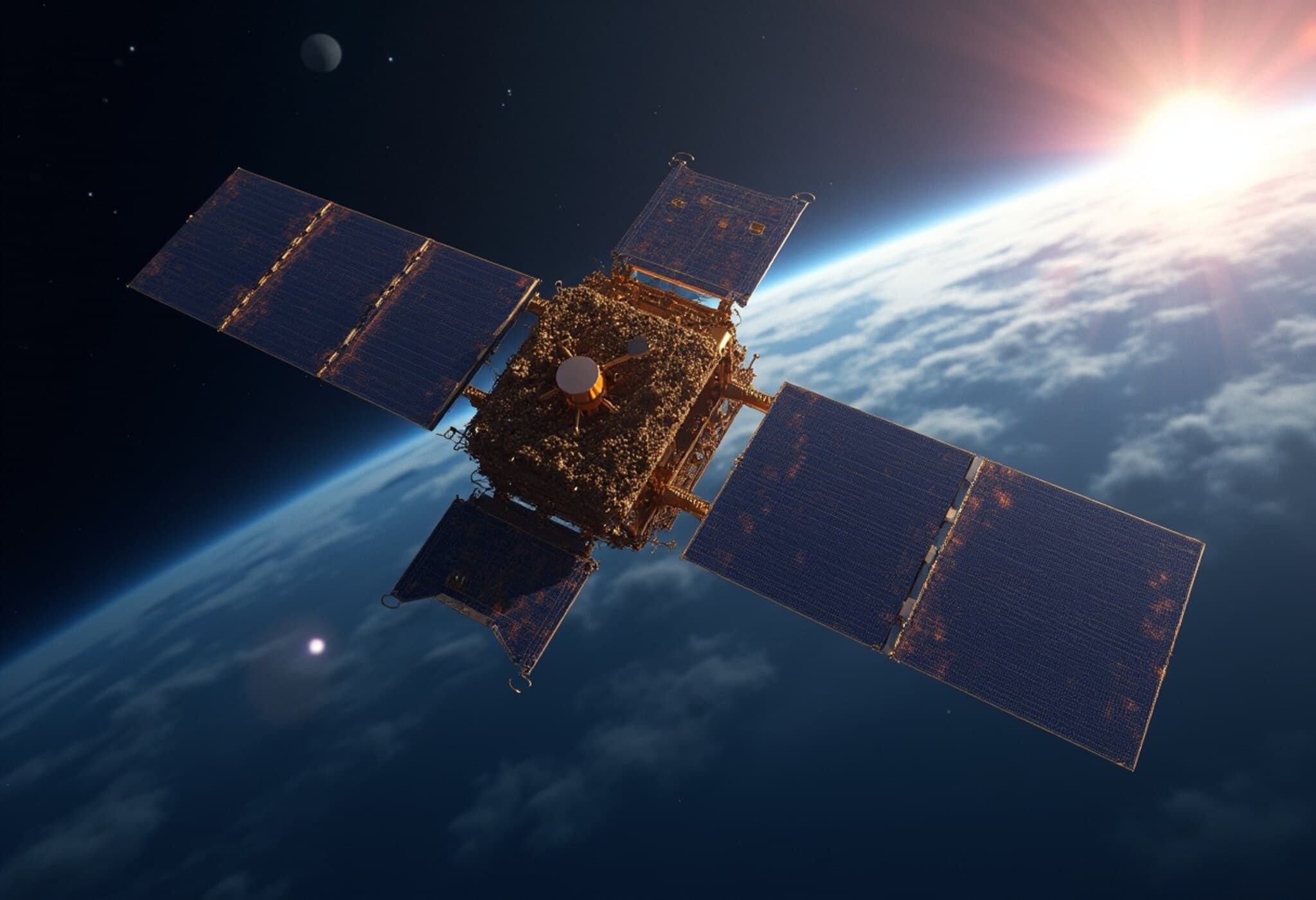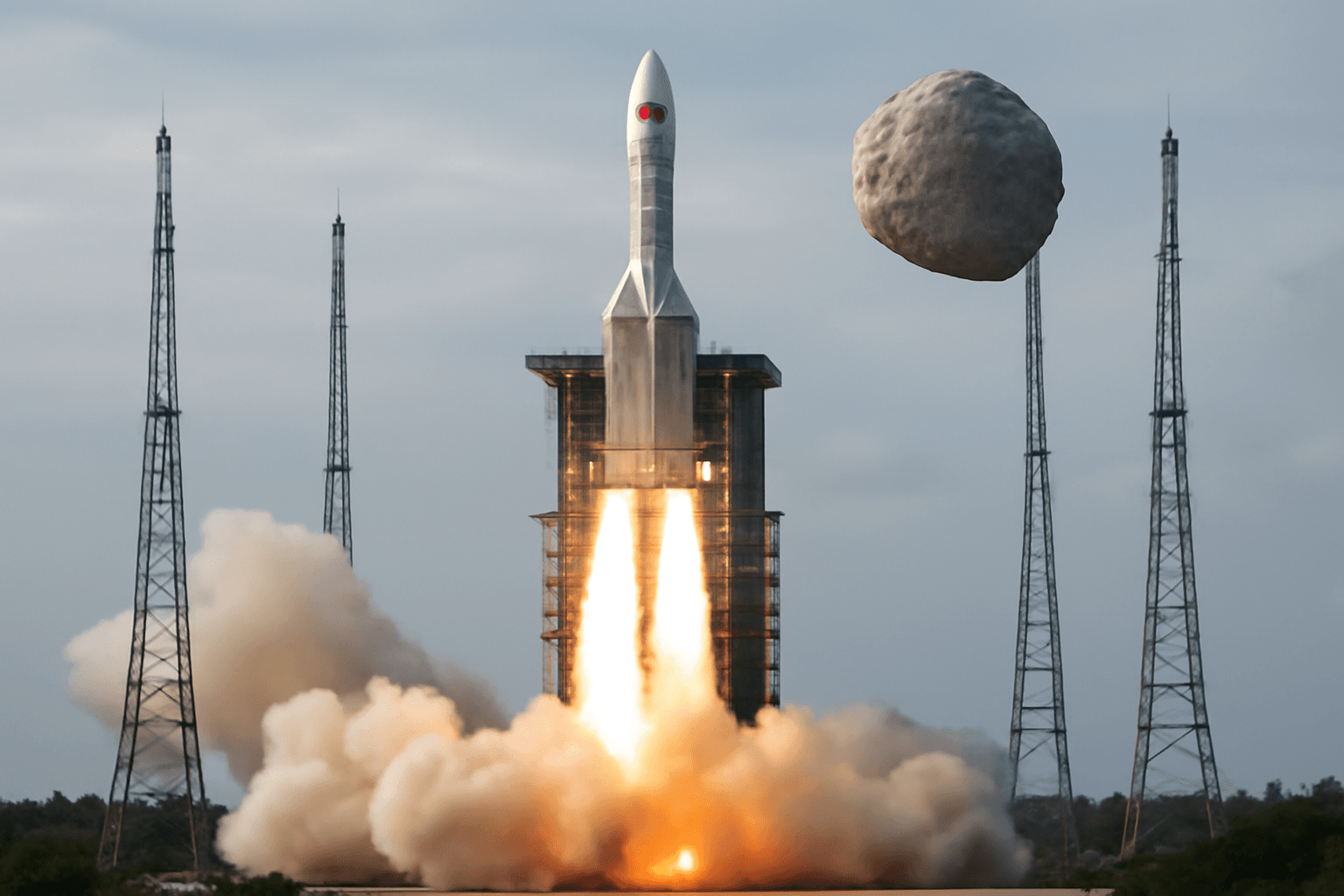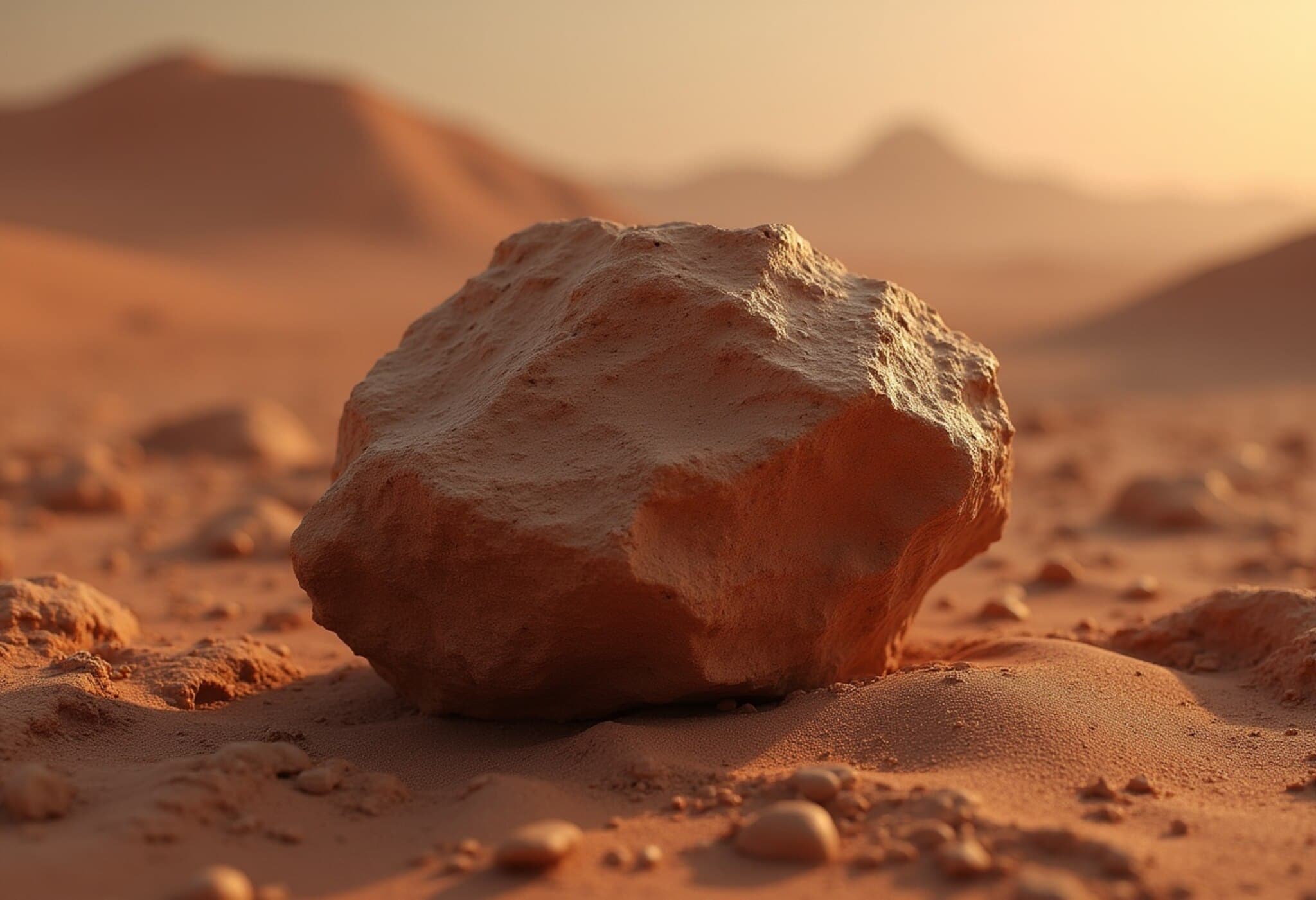Unveiling an Astounding Space-Time Capsule: The Largest Martian Meteorite to Hit Auction
New York, July 13, 2025 – A rare 25-kilogram Martian meteorite, officially known as NWA 16788, is set to capture imaginations and potentially millions of dollars as Sotheby’s prepares to auction it in New York. Estimated to fetch between $2 million and $6 million, this extraordinary rock is the largest known chunk of Mars ever discovered on Earth, astonishingly exceeding previously found samples by about 70 percent.
The Rock’s Intergalactic Journey
This remarkable meteorite is believed to have been ejected from Mars's surface when a colossal asteroid impact hurled it into space. After traversing an epic journey of approximately 225 million kilometers, it finally descended onto the Earth’s Sahara Desert, where it was found in Niger in November 2023 by an intrepid meteorite hunter. While the exact timing of its arrival on Earth remains uncertain, laboratory tests suggest it fell only in recent years, making it a fresh visitor from the Red Planet.
A Window into Martian Geology
Experts at Sotheby’s, led by Cassandra Hatton, vice chairman for science and natural history, emphasize the meteorite’s scientific importance. The specimen is an olivine-microgabbroic shergottite, a type of Martian rock indicative of slowly cooled magma beneath Mars’s surface. Characterized by a coarse-grained structure containing pyroxene and olivine minerals, the meteorite also features a distinctive glassy exterior – evidence of the intense heating suffered upon entering Earth’s atmosphere.
Hatton elaborates, "This isn’t just any space rock – it’s a tangible piece of Mars’s geological history, more than twice the size of previously known specimens. It accounts for nearly 7 percent of all Martian material identified on Earth to date, underscoring its rarity. Out of over 77,000 meteorites recovered globally, only around 400 are confirmed to be from Mars." A fragment was carefully analyzed at a specialized laboratory and matched to known Martian meteorite chemical signatures from NASA’s Viking probes.
Accompanying Stellar Fossil: A Juvenile Ceratosaurus Skeleton
The auction will also feature a fascinating terrestrial relic – a nearly complete skeleton of a juvenile Ceratosaurus nasicornis. Discovered in 1996 in Wyoming’s Bone Cabin Quarry, a famed site rich in Jurassic fossils, this dinosaur lived approximately 150 million years ago. Sotheby’s estimates the skeleton’s auction value between $4 million and $6 million.
The Ceratosaurus, known for its distinct horned snout, was a bipedal predator smaller than the iconic T. rex but impressive in its own right, growing up to 7.6 meters in length. The assembled skeleton comprises nearly 140 fossilized bones, supplemented with restorative sculpted elements to prepare it for public display. The specimen was recently acquired by Fossilogic, a Utah-based expert in fossil preparation and mounting.
Context: Why Such Objects Captivate the Market and Science
Items like NWA 16788 and the Ceratosaurus skeleton symbolize the cosmic and prehistoric stories humanity is eager to connect with. From a scientific viewpoint, meteorites of Martian origin promote breakthroughs in understanding Mars’s geological and potentially biological past, especially as Mars exploration intensifies globally. Meanwhile, dinosaur fossils continue to captivate the public and researchers alike, enriching knowledge about Earth’s evolutionary history.
Economic Implications: High-profile auctions enhance the valuation of extraterrestrial and paleontological specimens, driving private-sector interest in natural history collectibles. This trend raises essential questions about the stewardship of scientific artifacts and the balance between public access and private ownership.
Sotheby’s Geek Week 2025: A Celebration of Natural History Wonders
These headline pieces are part of Sotheby’s Geek Week 2025 auction, featuring 122 items ranging from other meteorites and dinosaur fossils to gem-quality minerals. The event showcases a growing cultural fascination with objects that blur the lines between science, history, and art, encouraging broader public engagement with natural history.
Looking Forward
As this remarkable Martian meteorite embarks on its new journey—from the depths of space to the auction block—it challenges us to rethink our connection to the cosmos. The upcoming sale is not just about rare rocks and fossils; it embodies humanity's timeless quest to understand our place in the universe.
Editor's Note
The sale of a 25-kilogram Martian meteorite, alongside a rare dinosaur skeleton, shines light on the intersection of science, commerce, and cultural heritage. While these objects offer invaluable insights into worlds both ancient and alien, their rising market value prompts reflection on how we share such treasures with all of humanity. Will private auctions enhance or hinder scientific progress and public education? This conundrum remains at the heart of the natural history world today.












